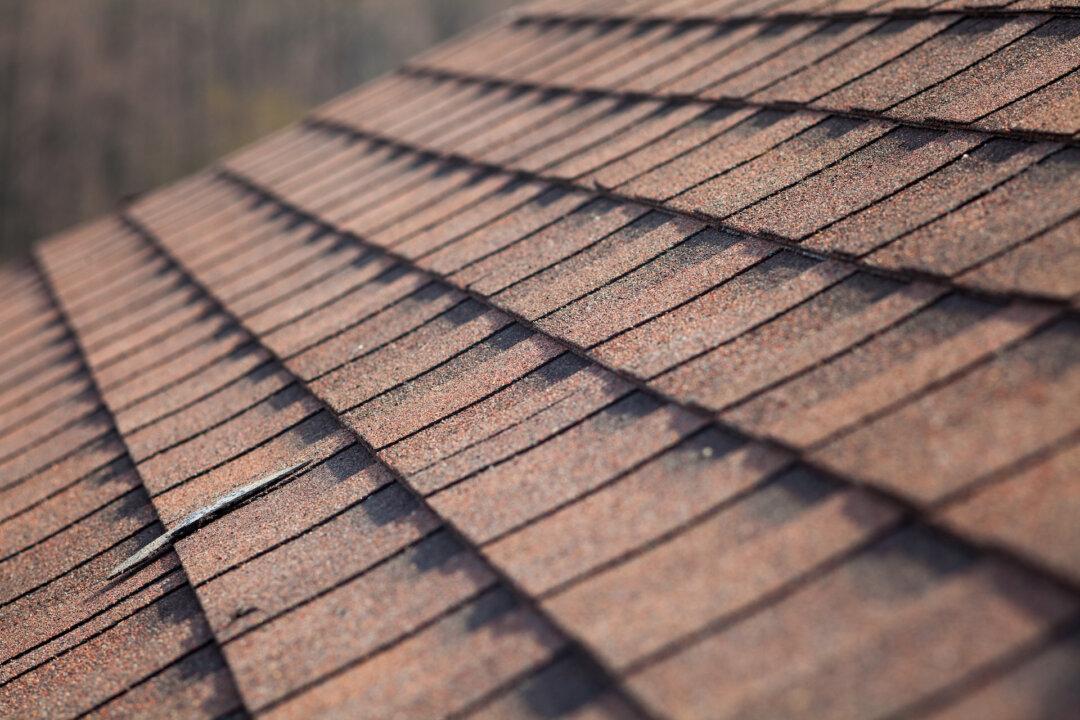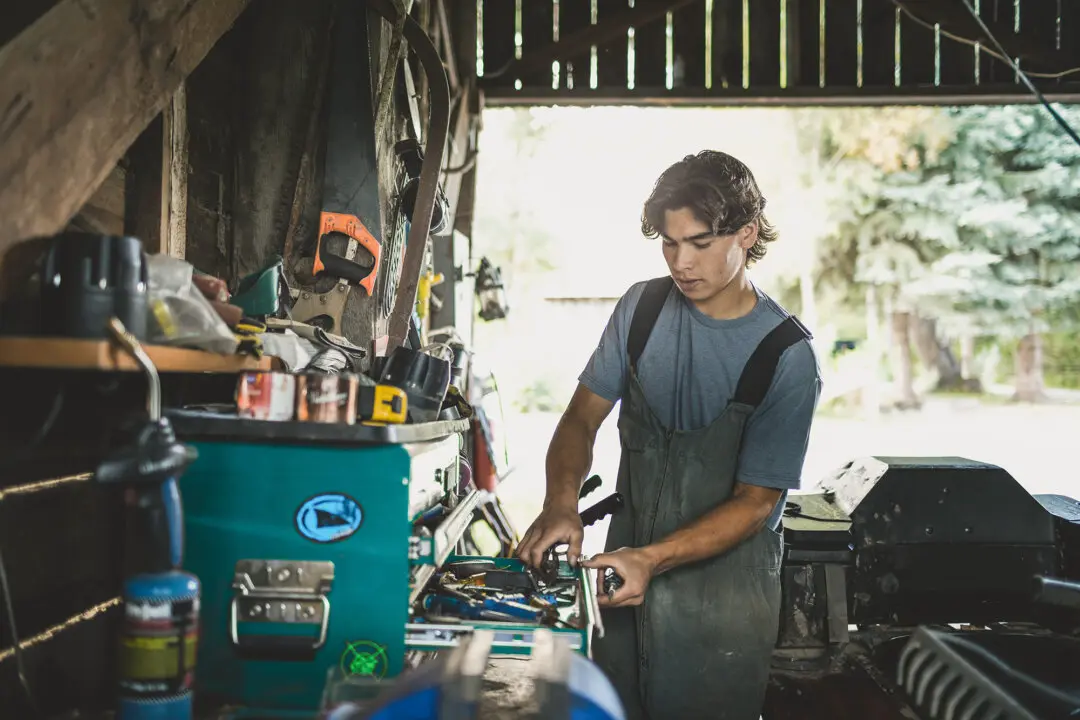No matter what the roof type may be, it should get a yearly inspection. Are the shingles curling or buckling? Or brittle or cracked from sun damage? Are there missing or broken shingles? Is there rotting wood on the fascia and soffit? Any signs of moisture in the attic? Is the flashing around the vents and chimney still in good condition?
Many of these conditions, if caught early, can be fixed as a spot repair by the homeowner or a roofing company. But if the roof is nearing the end of its lifespan, that money might be better spent on a new roof.





